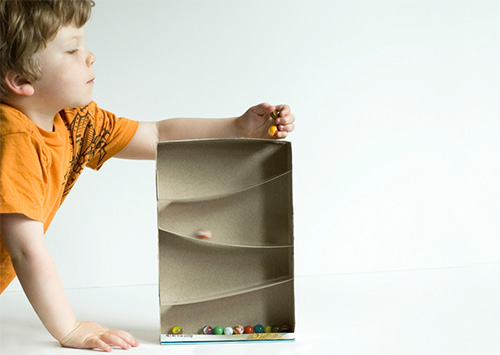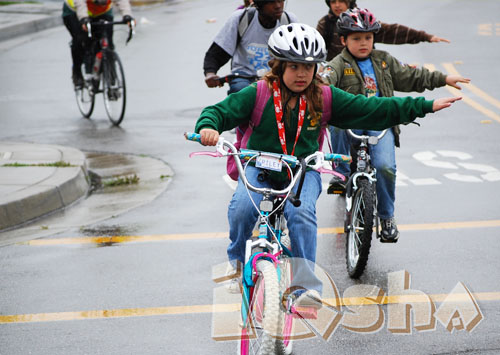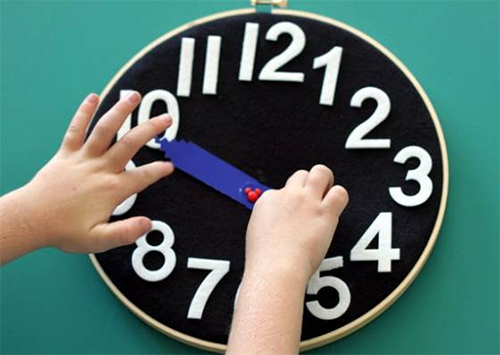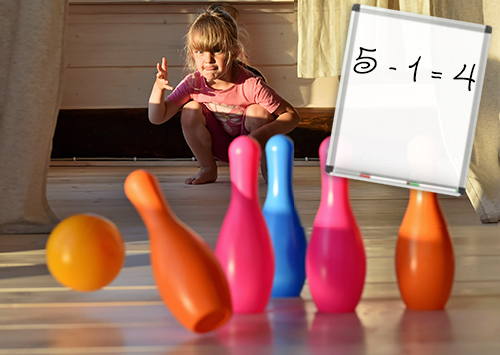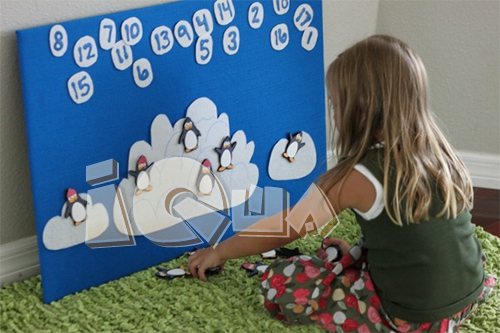
Do you know that Mental Arithmetic increases the speed of thinking and improves the memory of children? Nobody will argue that these pleasant benefits will facilitate life of our children. So let's study the Mental Arithmetic by playing!
When to Start
To count the different things around is possible from the early years. The most appropriate time - from eight-nine months. Count the clothes, preparing for a walk: "here one mitten.... here two mittens". Sing the counting of balls on a rattle-box, warning: "Here we c-o-u-u-n-t, o-n-e, t-w-o, t-h-r-e-e". Have patience: prior to the beginning of the active speech the child can not show you that he understands the counting. When my son was one year old, in response to the offer "let's count, how many dogs are here? » he pointed to the book quite randomly, crying out "sya-si-si-mi-mi!". Being asked he quickly enough could choose the pictures with one and many subjects where there were two and three identical pictures, etc. Don't stop; continue to develop the skill of the Mental Arithmetic!
How to Count?
Examine the behavior of your kid. Is it easy for him to sit at the table more than for two minutes? May be it is advisable to count aloud the jumps over "gaps" (a sheet of paper on a floor), or how many times the ball touches the wall, or to count how many times a block gets into a laundry basket? Make the process to be creative and do everything the counting to be exciting and fascinating activity.
Visual Counting
The very first step to learn Counting is to count the things we see and point to. From the point of view of the thinking abilities of the small kid it is quite difficult logical operation. He sees, for example, a pyramid or a rattle-box ,and not only one, but different ones, and hears or names absolutely other words - like "one" and "two"... Do not be lazy to give the lessons on Visual Counting as often as possible. After the ages of four years try to do simple sums, using substitutes. For example, a mathematical task «The nurse in the kindergarten put three apples into a dish, and Peter took one of them. How many apples remained on a dish?" Count using the colored pencils, construction blocks, sticks for a canapé, buttons... Tell: "Let’s imagine, these are apples". Thus you gradually use both the abstract and visual thinking.
Abstract Counting
Mental arithmetic, without using subjects or pictures and even substitutes - for the preschool child is like Fine Art. However when a preschool child gets the skills of the abstract counting and ability to do sums in mind, he will be good at Mathematics at Primary school, and it is a cornerstone. Begin with the elementary examples and tasks to count within five. Properly work on addition and subtraction in mind. Select as much as possible various and unique conditions of tasks, taking them from real life. Even taking into account that the preschool child surely sums and subtracts numbers in examples, when he tries to create the image of the statements and sum conditions it demands from him using his intellectual abilities, it confuses him, and forces down from the way of counting. It is important to teach the kid to use his internal look and imagine all details like « a movie" - representing the objects in mind, then it is easier to count them. This skill will help to study with less effort in a preschool group of kindergarten, and at school.
Count up To..?
Rates of the Mathematical thinking of children are very different. Also they depend not only on intensity of the lessons, but also on natural abilities, and also on the type and form of the chosen exercises. Some of the children of five years do the sums within twenty in their mind, and some of the 1st grade children find it difficult to add two and three and to notice that three plus two is the same. Before moving to the following step of the counting, be sure that your preschool child can count aloud and «in mind». Ask to count subjects silently, and then to say, how many are there.
- In the age of two years, as a rule, most of the kids count up to three or five well and know the difference between the concepts "more-less", "a little-a lot of" (the difference has to be considerable: for example, two cherries and ten).
- In the age of three years learn the Ordinal Numbers counting up to ten, and a year later start doing sums and exercises within the first ten.
- By five years start learning the numbers of the second ten. It will take enough time as kids often confuse the words "twelve" and "twenty", "fifteen" and "fifty", etc.
- In the age of five-six years practice doing the sums up to 10 in mind, and also start counting by couples: two-four-six, one - three-five, etc. Try to do exercises on addition and subtraction within twenty. Improve the skills in counting to 10, if necessary use subjects-substitutes for visualization (pencils, blocks, sweets).
I would like to emphasize that these recommendations concern to the "average" child and, of course, demand some amendments taking into account the educational features of your preschool child. The main thing - try to study daily and make Math's lessons as much as possible different to each other.
Natalya Zherebilova,
Editor of the site IQsha.com

